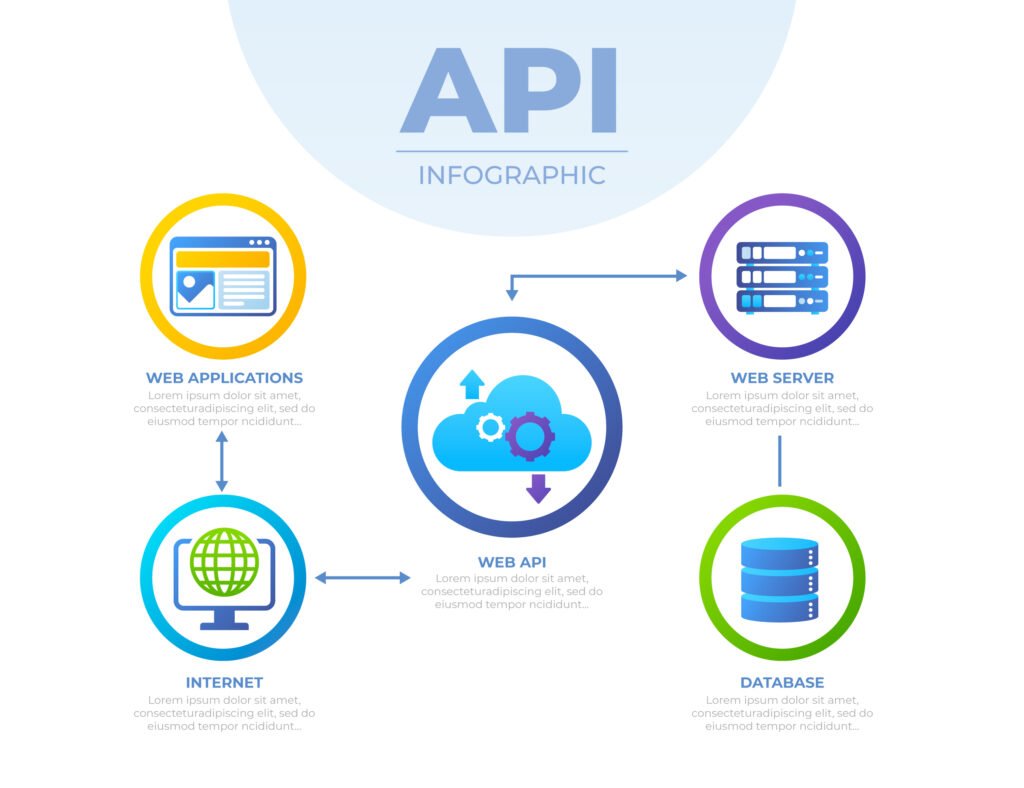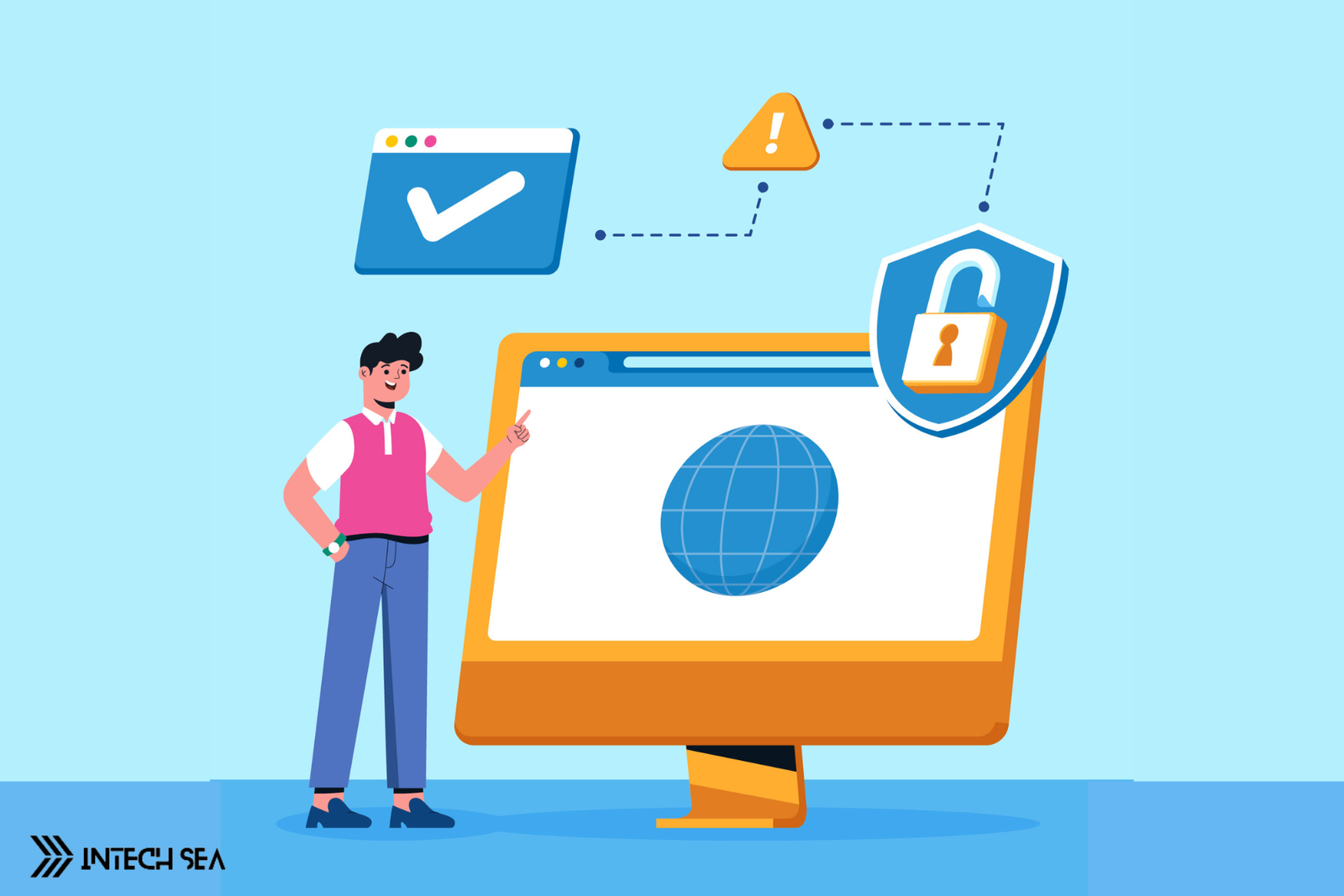SSL helps secure API communications by encrypting data during transmission, ensuring confidentiality and integrity. It authenticates the server, preventing impersonation and man in the-middle attacks. By establishing a secure connection, SSL/TLS protects sensitive information and builds user trust in API transactions.
- Importance of API security
- Overview of SSL/TLS
- Key benefits of using SSL/TLS for APIs
Key Points
- SSL/TLS provides encryption for data in transit, ensuring confidentiality.
- It authenticates the communicating parties, preventing impersonation.
- Data integrity is maintained, protecting against tampering and eavesdropping.
- Challenges and best practices for implementing SSL/TLS in APIs.

Understanding SSL/TLS
Cryptographic protocols called TLS (Transport Layer Security) and SSL (Secure Socket Layer) are used to protect network connections.
- Overview of SSL and TLS protocols: SSL was the original protocol developed to secure internet communications, while TLS is its successor, offering improved security features and performance.
- Differences between SSL and TLS: TLS includes enhancements such as stronger encryption algorithms and better security mechanisms compared to SSL. While SSL is now considered obsolete, the term is often used interchangeably with TLS.
- Importance of SSL/TLS in modern web security: SSL/TLS is essential in protecting sensitive data, such as personal information and payment details, during transmission over the internet.

Understanding API
APIs, or application programming interfaces, are the foundation of modern web development. They enable several apps and services to communicate and exchange data via the internet. However, this exposes them to a variety of security threats, including eavesdropping, tampering, and impersonation. How can you safeguard your APIs against these threats? One of the most prevalent and effective methods is to employ SSL/TLS encryption.

How SSL/TLS Secures API Communications
SSL/TLS secures API communications through various mechanisms that protect data during transmission.
- Mechanism of encryption during data transmission: SSL/TLS uses encryption to scramble data, making it unreadable to unauthorized parties. This ensures data confidentiality and protects against eavesdropping.
- Role of SSL/TLS in preventing man-in-the-middle attacks: By authenticating the communicating parties, SSL/TLS prevents attackers from intercepting or altering the data being transmitted.
- Ensuring data confidentiality and integrity: SSL/TLS guarantees that the data remains intact and confidential, safeguarding it from unauthorized access and tampering.
The SSL/TLS Handshake Process
The SSL/TLS handshake is a critical process that establishes a secure connection between the client and server.
- Explanation of the handshake process: The handshake involves several steps, including the negotiation of encryption algorithms, authentication of the server, and the exchange of keys.
- Steps involved in establishing a secure connection: The process typically includes the client sending a “hello” message, the server responding with its certificate, and both parties agreeing on the encryption method.
- Importance of certificate exchange: Certificates issued by trusted certificate authorities (CAs) verify the identity of the server, ensuring that clients are communicating with the legitimate server.
Benefits of Using SSL/TLS for APIs
Implementing SSL/TLS for APIs offers numerous advantages.
- Enhanced security through encryption: SSL/TLS encrypts data in transit, protecting it from unauthorized access and ensuring confidentiality.
- Improved user trust and confidence: Users are more likely to trust APIs that implement SSL/TLS, as they provide visible security indicators, such as HTTPS in the URL.
- Compliance with industry standards and regulations: Many regulatory frameworks require the use of SSL/TLS to protect sensitive data, making it essential for compliance.
Challenges of Implementing SSL/TLS
While SSL/TLS provides significant benefits, there are challenges associated with its implementation.
- Complexity of certificate management: Managing SSL/TLS certificates can be complex, requiring regular renewal and monitoring to avoid security lapses.
- Performance overhead and latency issues: The encryption and decryption processes can introduce latency, potentially affecting API performance.
- Compatibility with legacy systems: Older systems may not support modern SSL/TLS configurations, leading to potential compatibility issues.
Best Practices for SSL/TLS Implementation
To maximize the security benefits of SSL/TLS, organizations should follow best practices.
- Recommendations for obtaining SSL/TLS certificates: Always acquire certificates from reputable certificate authorities to ensure authenticity and trustworthiness.
- Tips for configuring SSL/TLS correctly: Proper configuration is crucial; ensure that strong encryption protocols are enabled and outdated versions are disabled.
- Importance of regular audits and updates: Regularly review SSL/TLS configurations and update them as needed to address new vulnerabilities and threats.
Common Misconceptions about SSL/TLS
There are several misconceptions regarding SSL/TLS that need clarification.
- Addressing myths regarding SSL/TLS security: Some believe that simply having an SSL certificate guarantees complete security, which is not true. Proper implementation and maintenance are critical.
- Clarifying the limitations of SSL/TLS: While SSL/TLS significantly enhances security, it does not protect against all types of attacks, such as application-level vulnerabilities.
- Importance of a multi-layered security approach: SSL/TLS should be part of a broader security strategy that includes firewalls, intrusion detection systems, and regular security assessments.
Monitoring and Maintaining SSL/TLS Security
Ongoing monitoring and maintenance are essential for SSL/TLS security.
- Tools and techniques for monitoring SSL/TLS connections: Use automated tools to monitor SSL/TLS connections for vulnerabilities and ensure compliance with security standards.
- Best practices for renewing and managing certificates: Implement processes for timely certificate renewal and management to prevent lapses in security.
- Importance of logging and incident response: Maintain logs of SSL/TLS activities and have an incident response plan in place to address potential security breaches.
Real-World Examples of SSL/TLS in Action
Examining real-world cases can provide insights into the effectiveness of SSL/TLS.
- Case studies of successful SSL/TLS implementations: Highlight organizations that have successfully implemented SSL/TLS and the benefits they have realized.
- Lessons learned from security breaches: Analyze incidents where SSL/TLS was improperly implemented and the consequences that followed.
- Impact of SSL/TLS on API performance and reliability: Discuss how SSL/TLS can enhance API performance by reducing errors and improving data integrity.
Future Trends in SSL/TLS Security
The landscape of SSL/TLS security is continually evolving.
- Emerging technologies and standards: Stay informed about new developments in SSL/TLS protocols and encryption methods.
- Predictions for the evolution of SSL/TLS: Anticipate changes in SSL/TLS usage and implementation as security threats evolve.
- The role of SSL/TLS in the context of API security: Explore how SSL/TLS will continue to be a foundational element in securing API communications.
Conclusion
Implementing SSL/TLS for API communications is crucial for ensuring data security and maintaining user trust.
- Recap the importance of SSL/TLS in API security: SSL/TLS is essential for protecting sensitive data during transmission and preventing unauthorized access.
- Highlight the benefits and challenges of implementation: While SSL/TLS offers significant security advantages, organizations must navigate challenges such as certificate management and performance overhead.
- Encourage best practices for maintaining SSL/TLS security: Regular audits, timely renewals, and proper configuration are vital to ensuring ongoing protection against threats.
FAQs
What is the difference between SSL and TLS?
SSL (Secure Sockets Layer) is the predecessor to TLS (Transport Layer Security). While both serve the same purpose of securing communications over a network, TLS is the more secure and updated version, offering improved encryption algorithms and security features.
How do I implement SSL/TLS for my API?
To implement SSL/TLS for your API, obtain an SSL/TLS certificate from a trusted Certificate Authority (CA), install it on your server, and configure your API endpoints to use HTTPS. Regularly monitor and renew your certificates to maintain security.
What are the risks of not using SSL/TLS for APIs?
Not using SSL/TLS exposes your API to various security risks, including data interception, man-in-the-middle attacks, and unauthorized access to sensitive information. This can lead to data breaches and loss of user trust.







